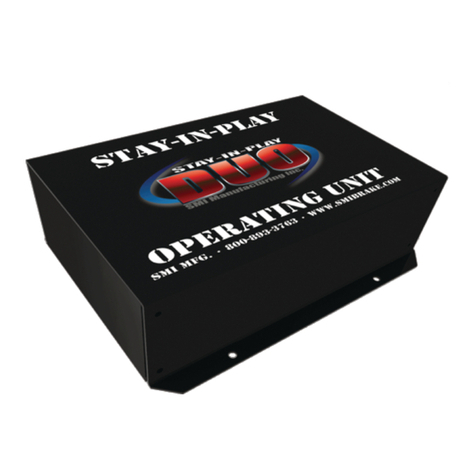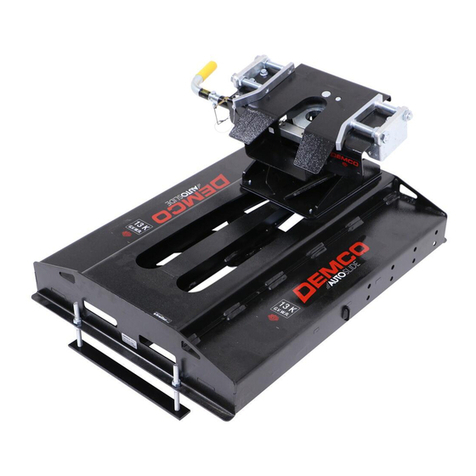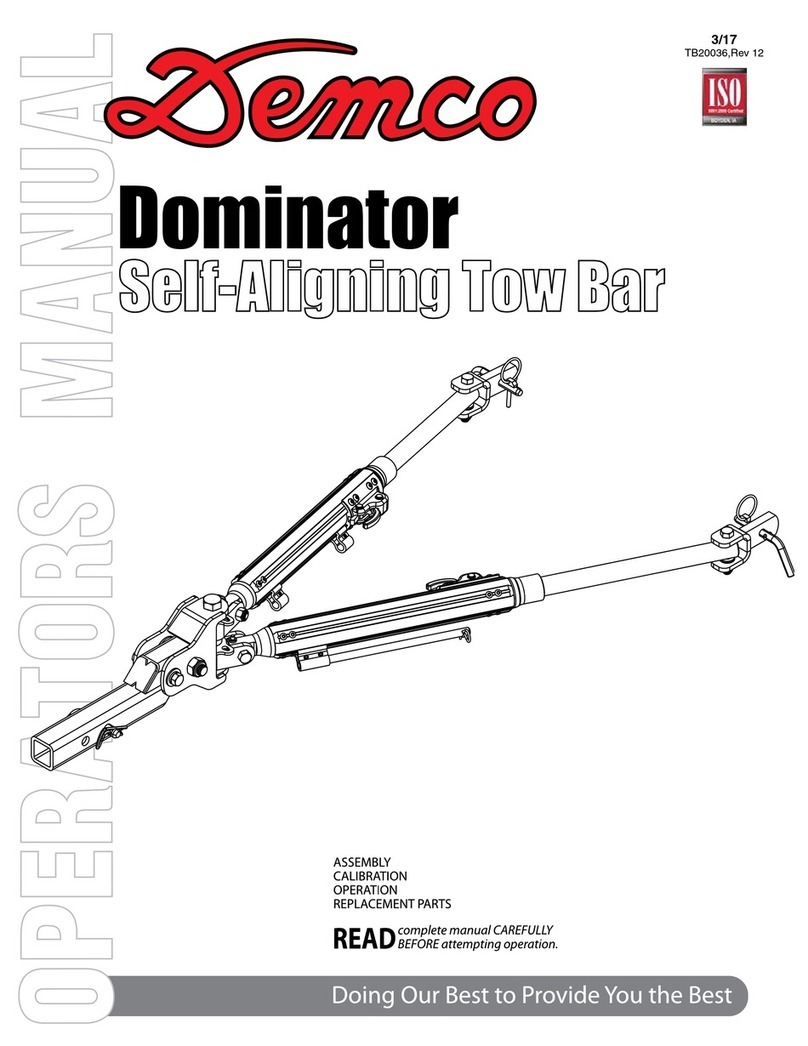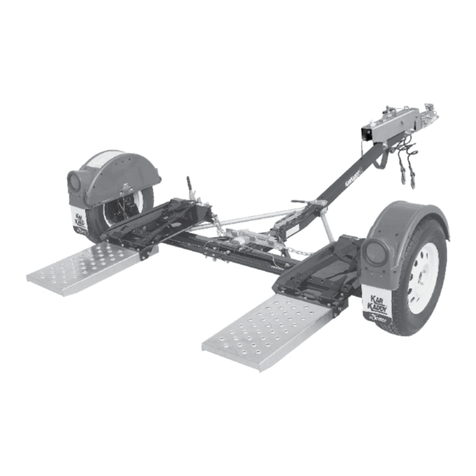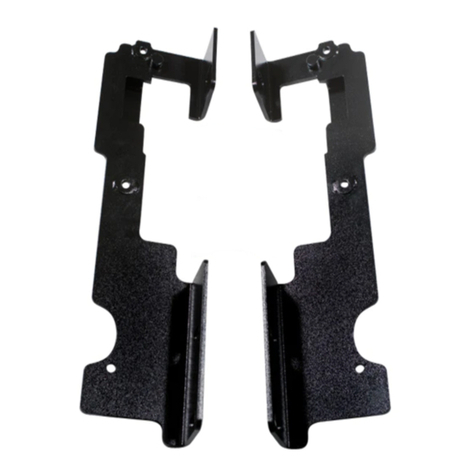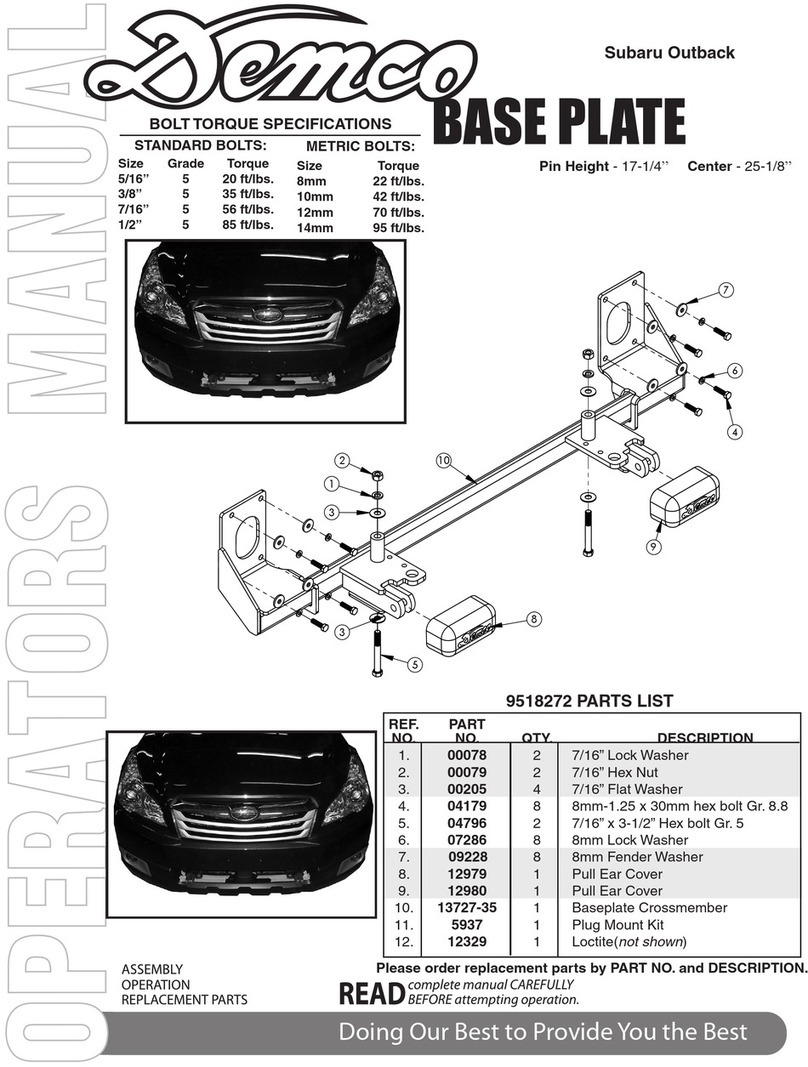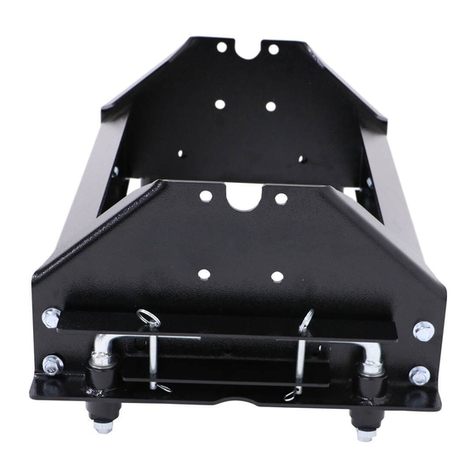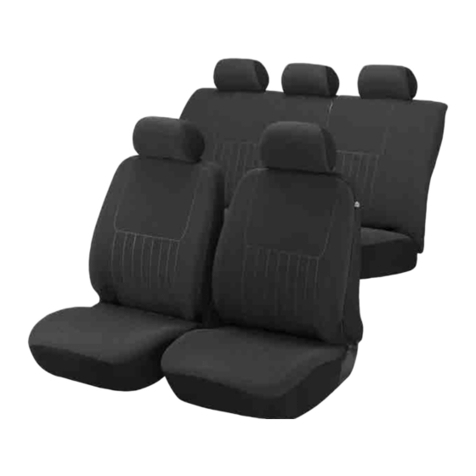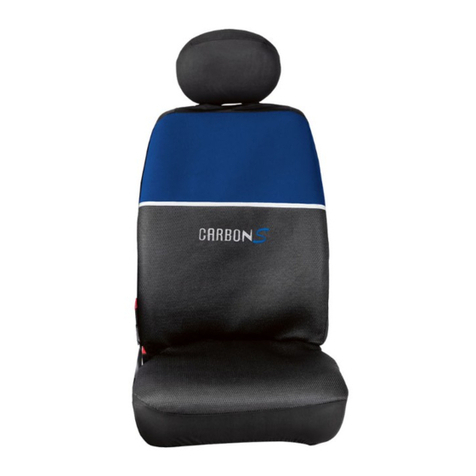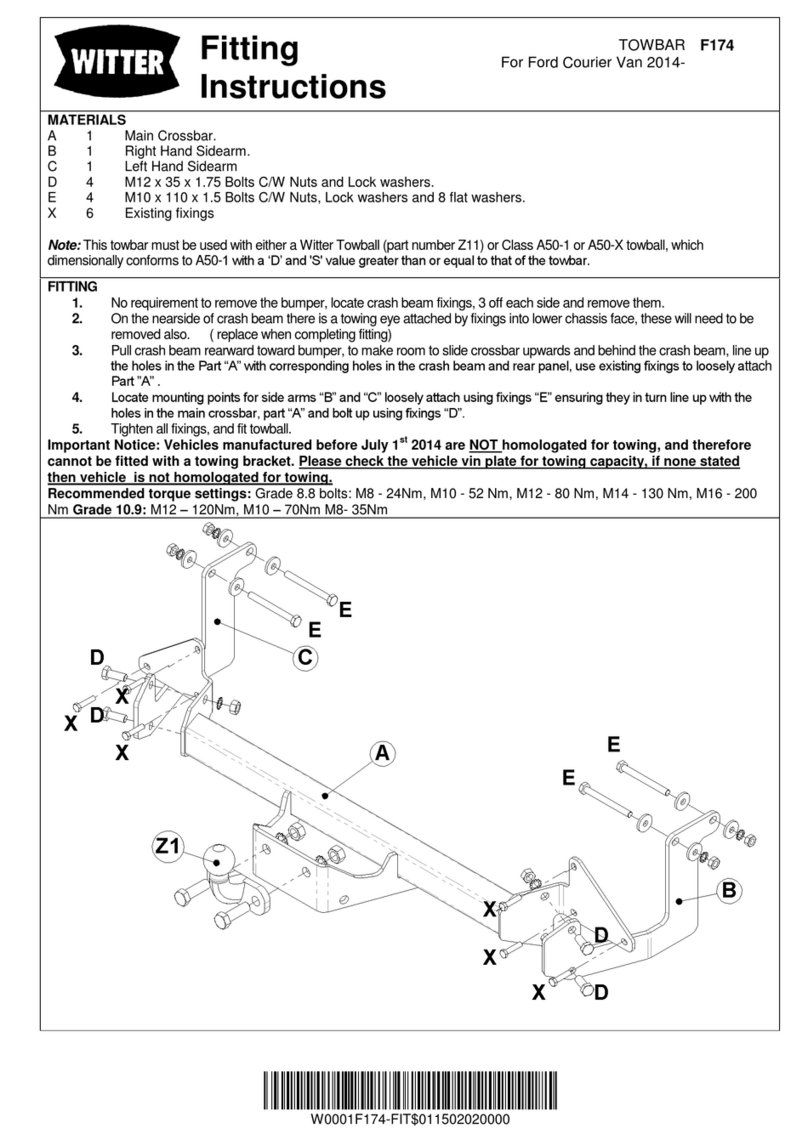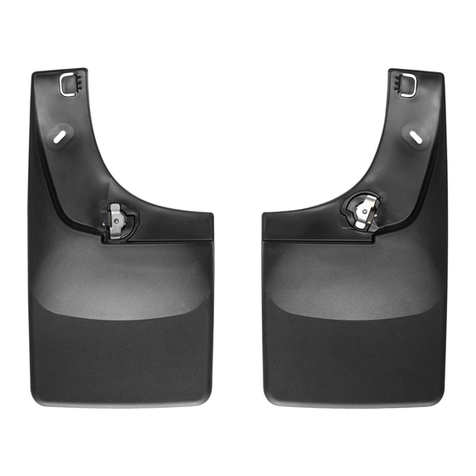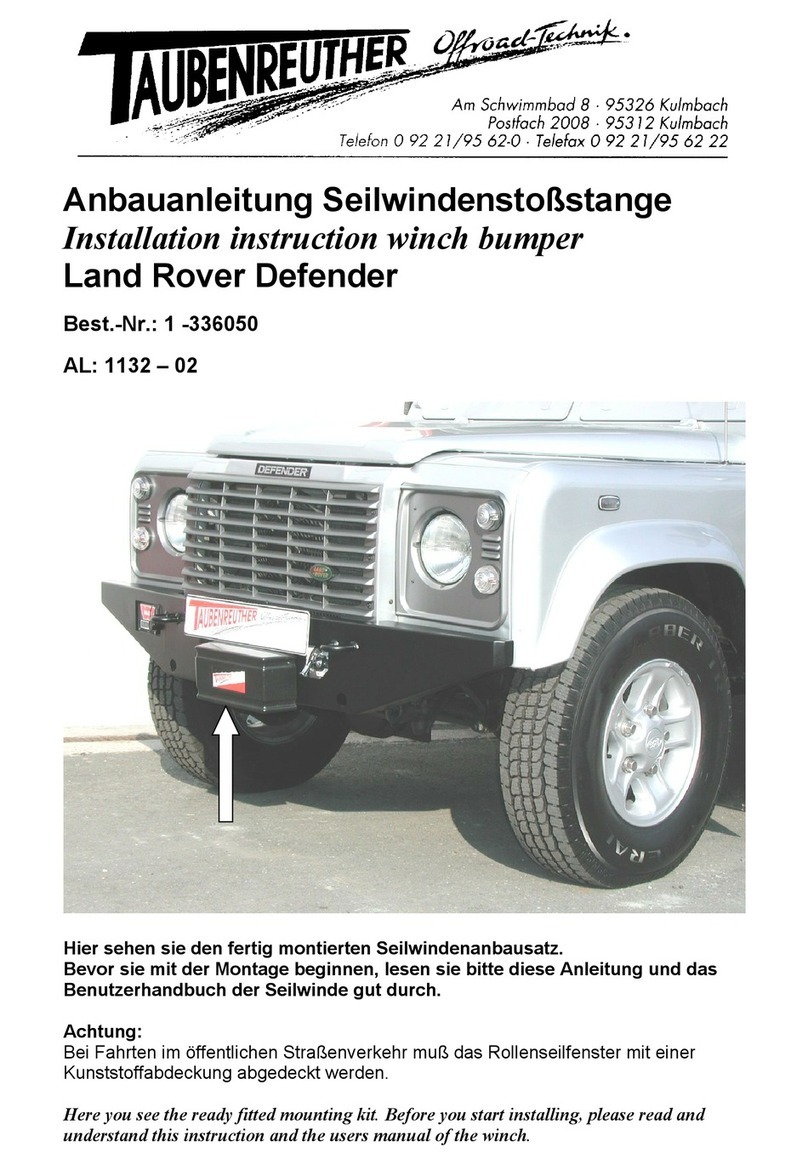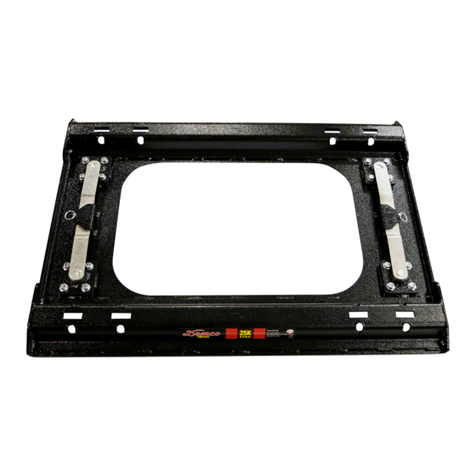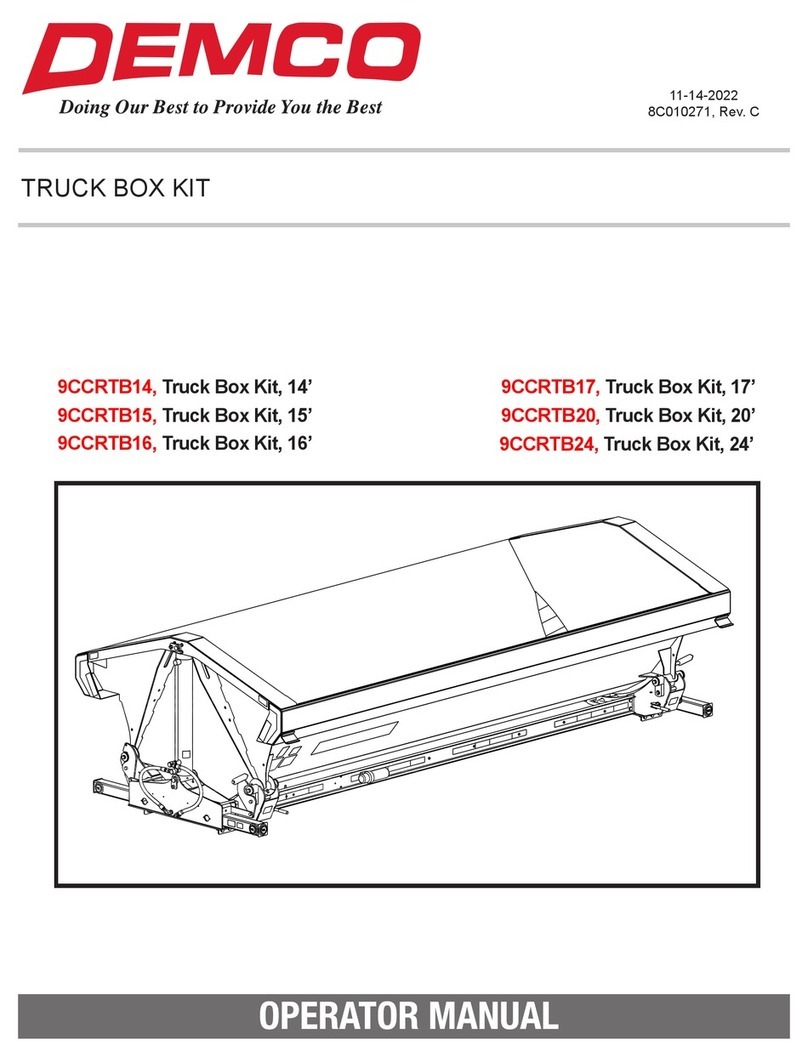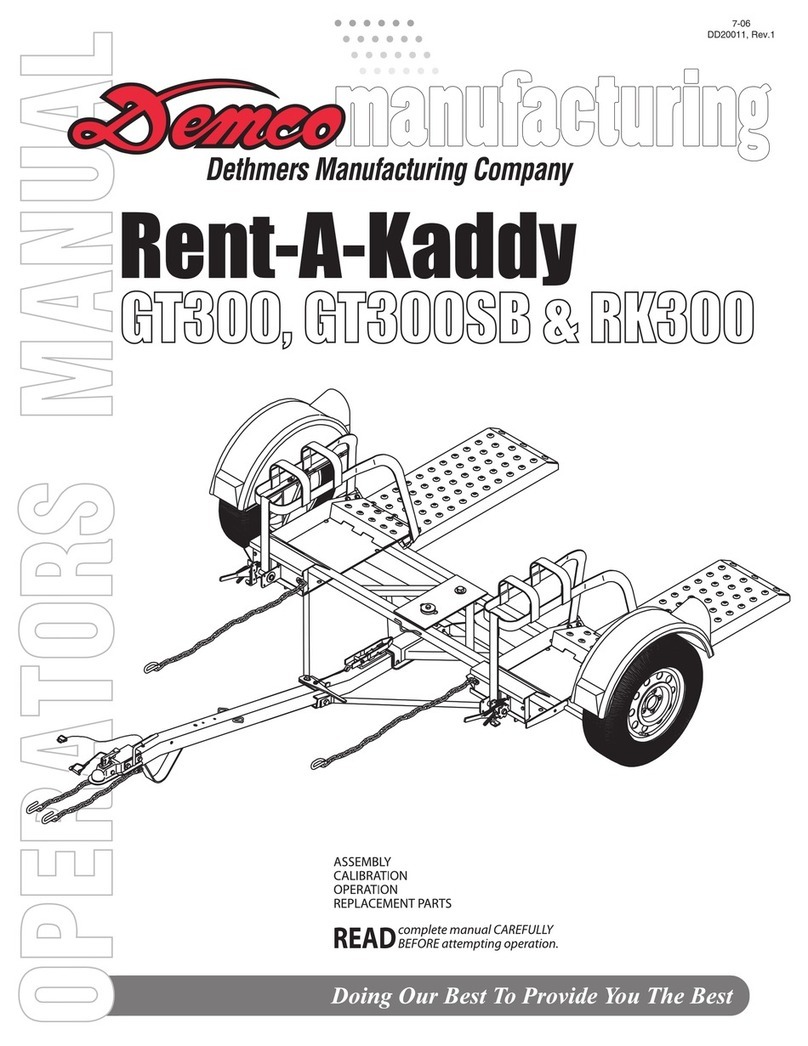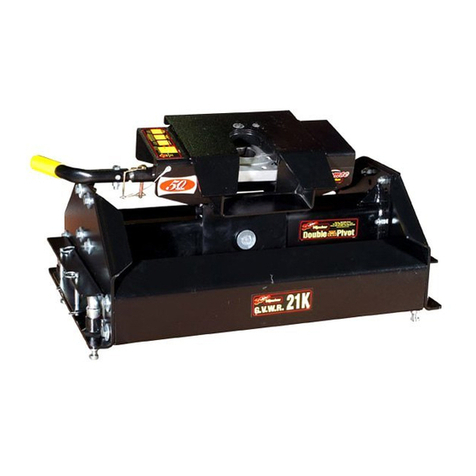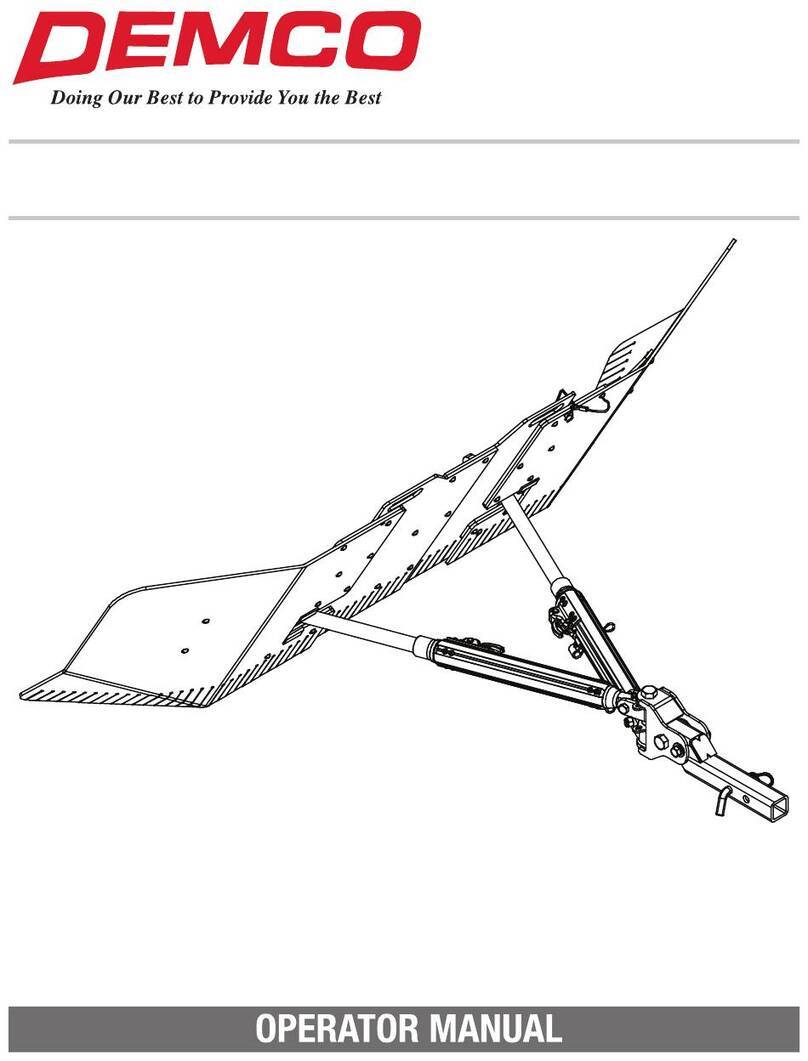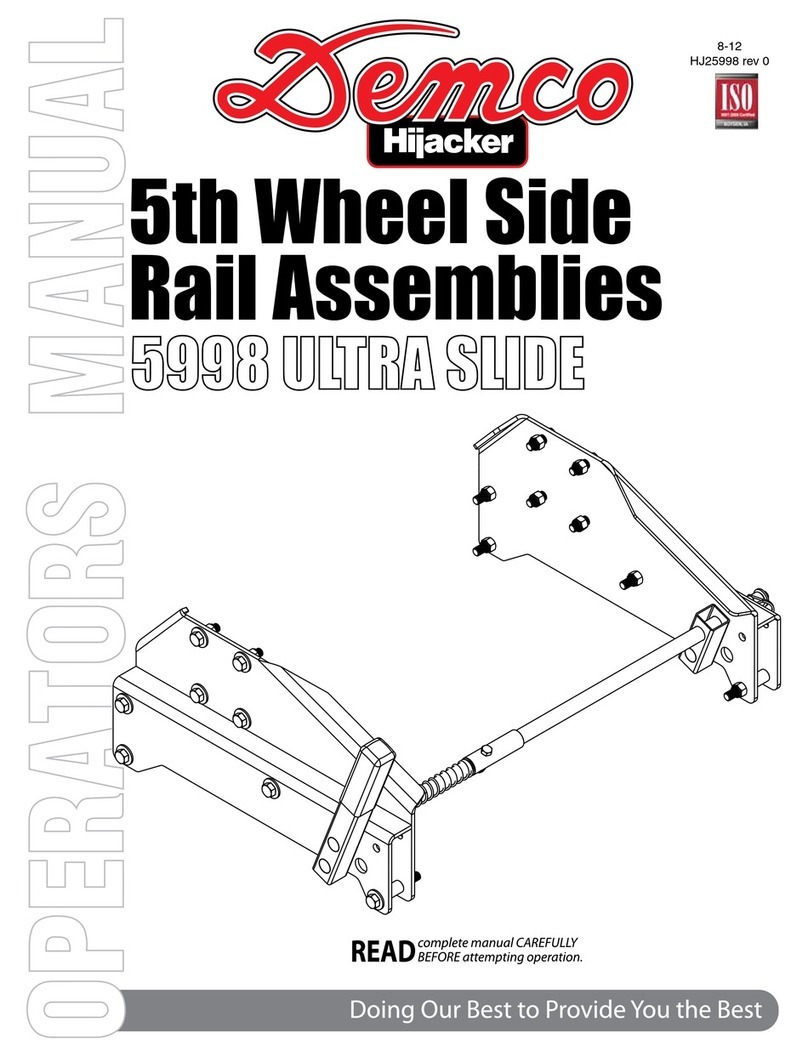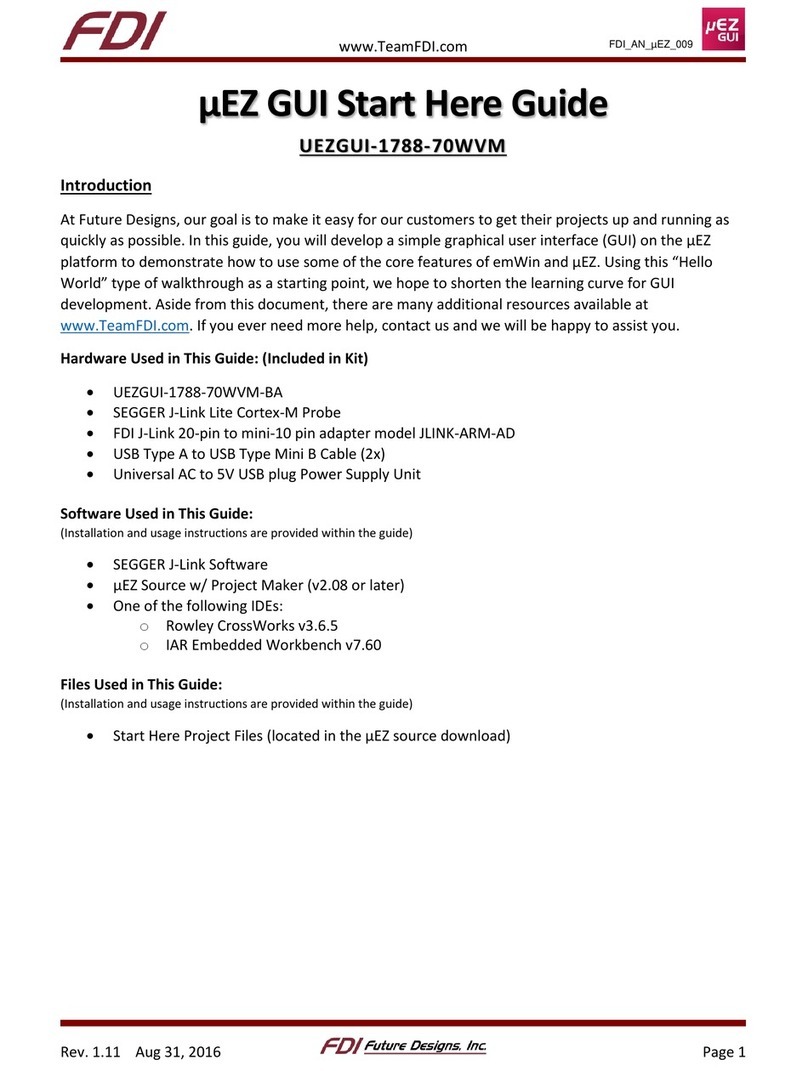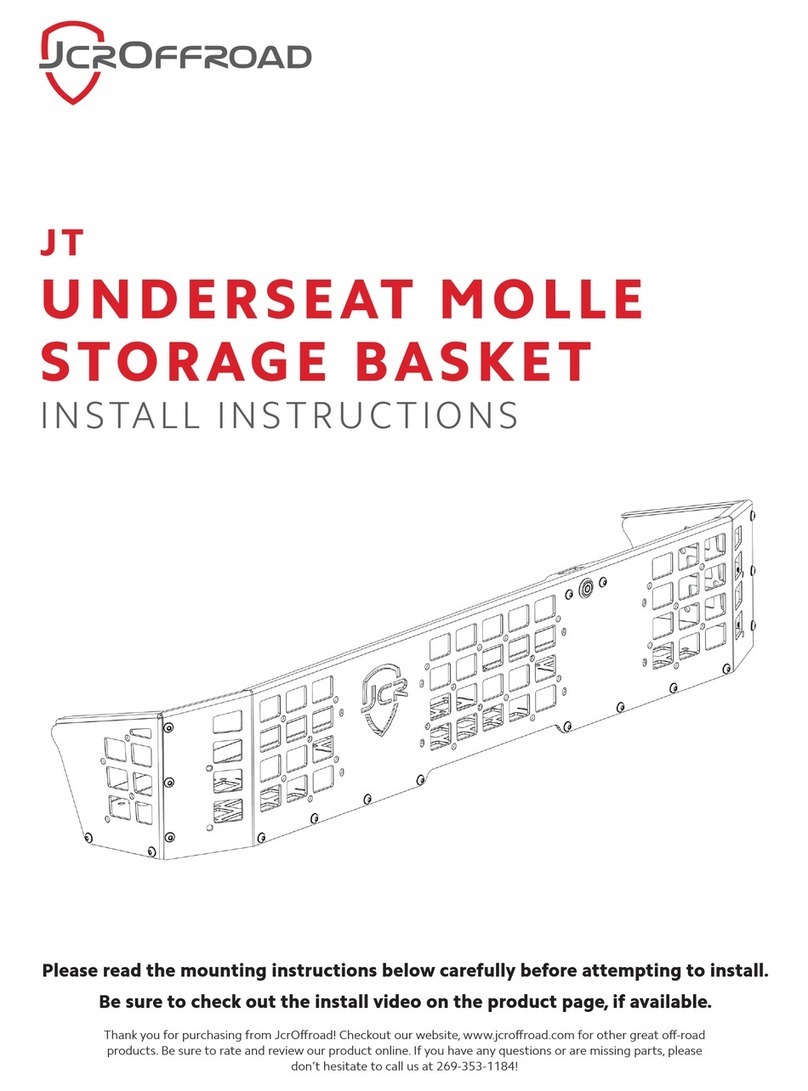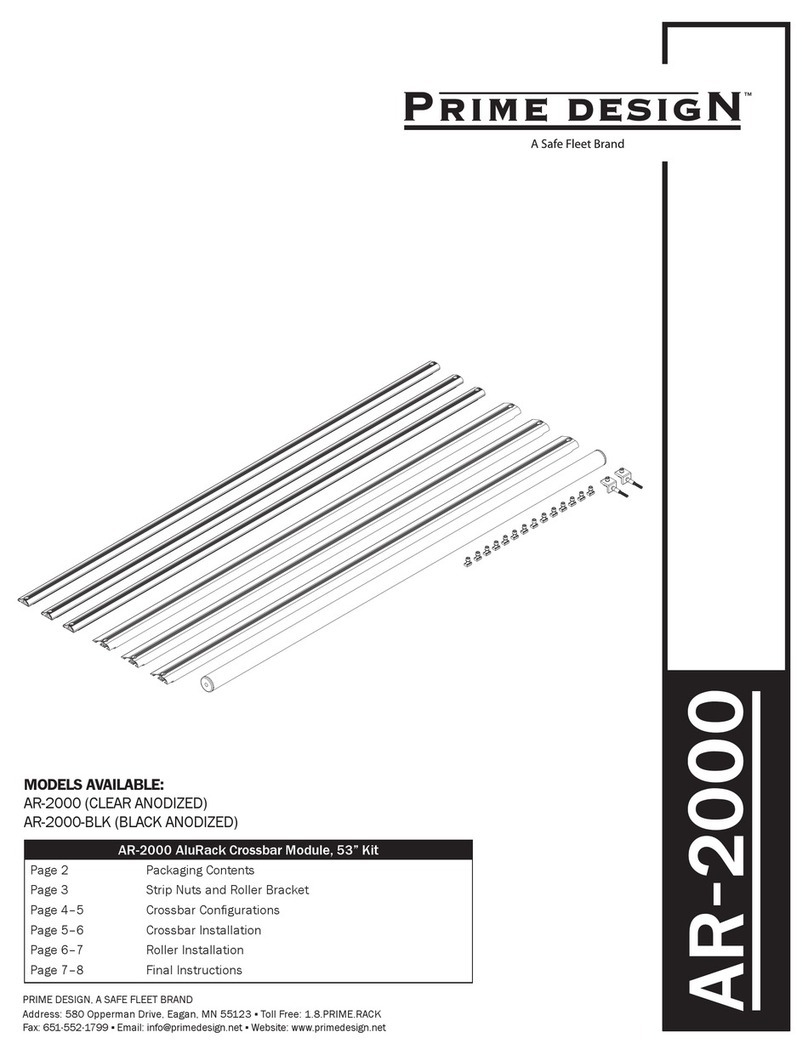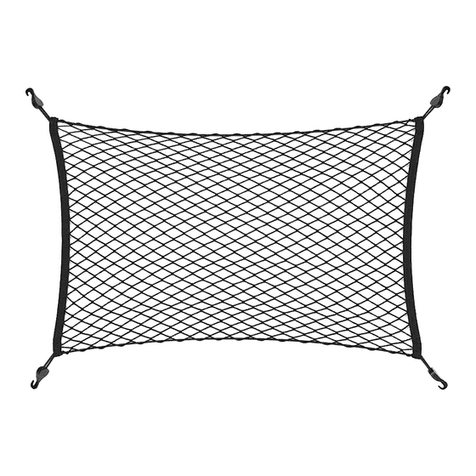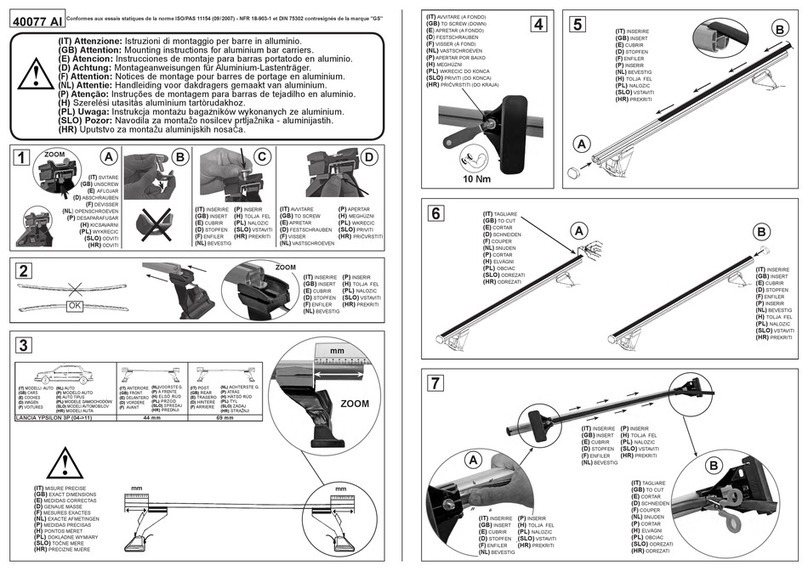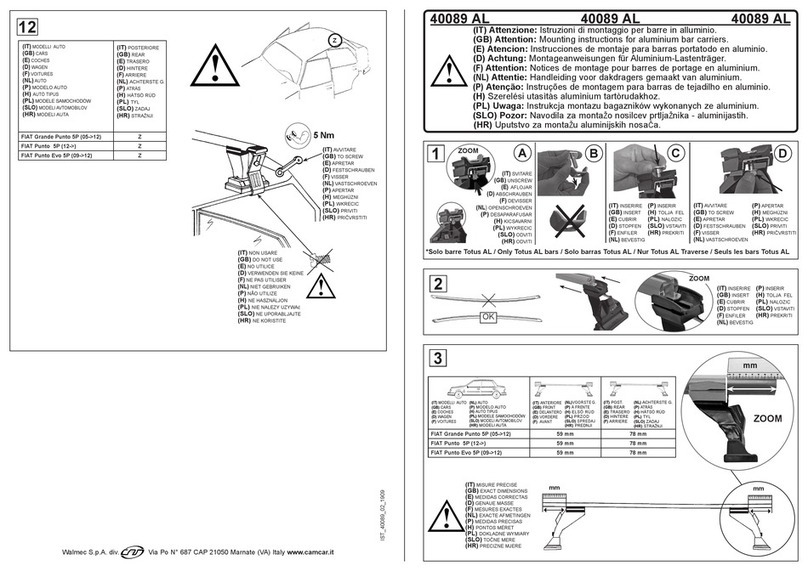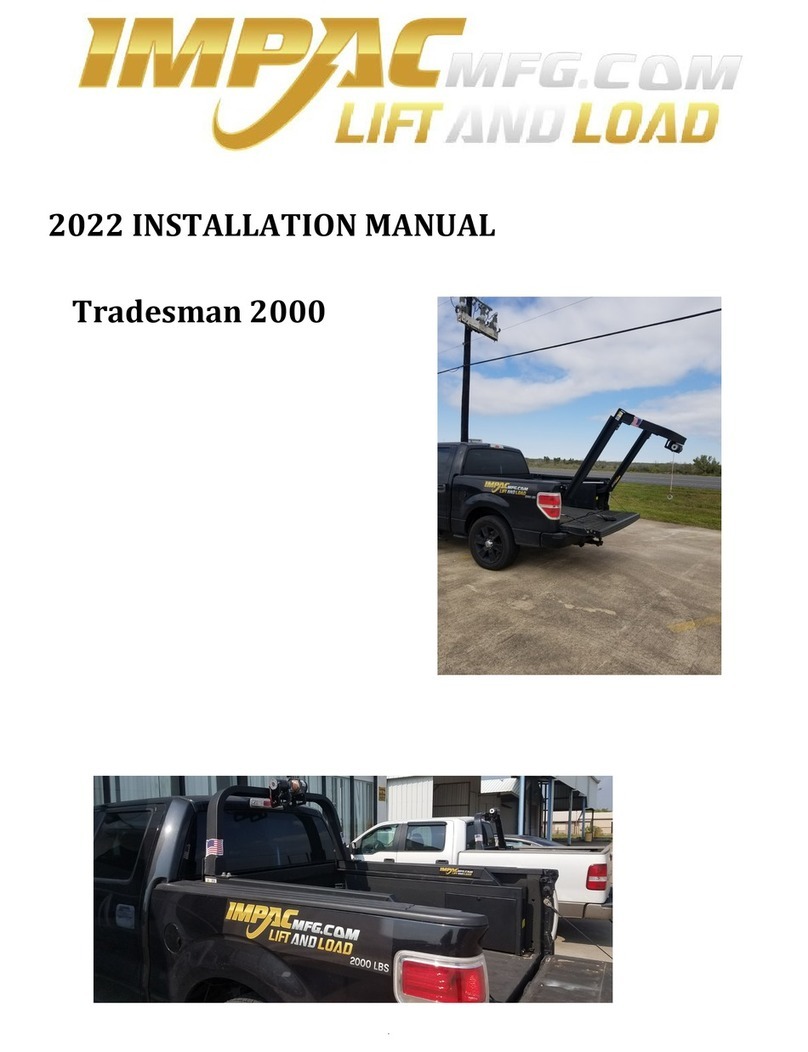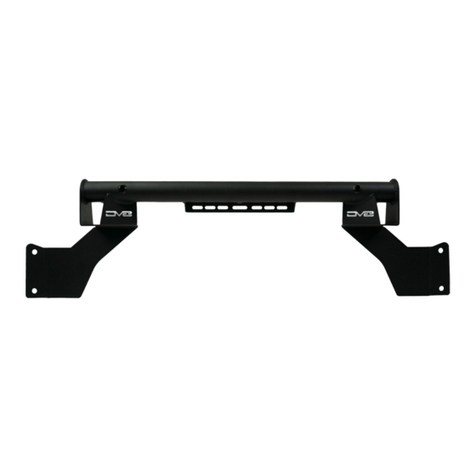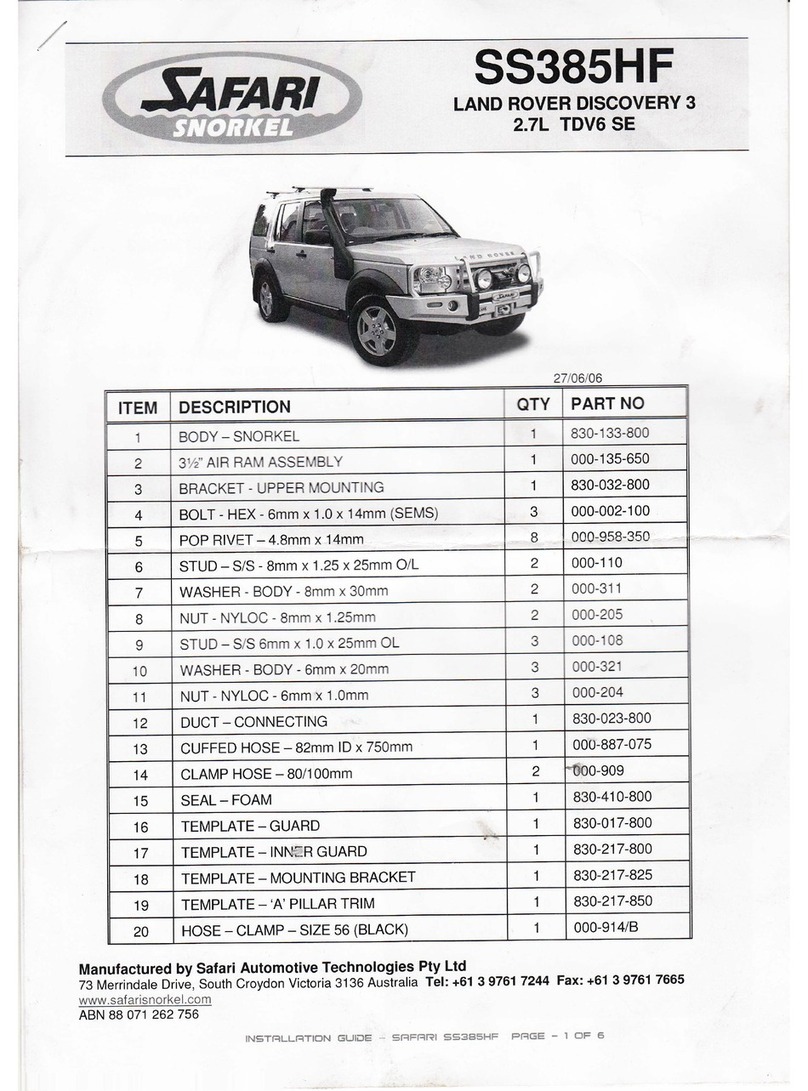
Page 10
Examine ramps, winches and straps to make
sure they are in good condition. Check wheel
nuts every trip.
To check the towing system after hook-up,
tow about 100 feet. Then stop and perform
a safety check. Check the bolts, chains, tire
straps, ramps, coupler latch and other items,
to ensure that they are tight. In addition,
check all taillights and stoplights to make sure
that they are operating properly. Repeat the
safety check after the first 5 miles and every
50 miles thereafter.
Tire inflation must be maintained per recom-
mendation of tire manufacturer (located on
side wall of tire).
Tire pressure may increase during travel - do
not bleed off this increase in pressure.
Recheck coupler to be sure it is properly se-
cured to the ball. Check tightness of
coupler latch.
Do not load the towed vehicle with cargo.
Towed vehicles exceeding weight limits
will overload the tow dolly and may
cause serious injury and damage to
both the towed vehicle and dolly. Do
not load a towed vehicle exceeding the
width limit - it will obstruct the platform’s
swivel action when underway and could
damage the towed vehicle and/ or the
tow dolly.
Do not exceed 55 miles per hour or
any lower posted speed limit.
TOWED VEHICLE
WEIGHT & SIZE LIMITATIONS:
Tread Width 42” Min. 68” Max.
Body Width 68” Max.
FWD
TI210SB 4800 lbs.
FWD = Front Wheel Drive Towed Vehicle
The owner assumes all responsibility for
the towing vehicle’s fitness and suitability
to perform the towing task in a safe, legal,
and reliable manner. These responsibili-
ties include, but are not limited to:
Compliance with towing restrictions
as stated by the towing vehicle's
owners manual and/or manufacturer.
Towing vehicle must have as a minimum
a Class 3-5,000 lb.(for non-brake units)
or a Class 4-6,000 lb.(for brake units)
hitch and hitch ball. Do not use any
other size hitch ball.
Towing vehicle must be in good condi-
tion.
Towing vehicle must have a current
federal and/or state inspection where
applicable, and comply with any ap-
plicable laws.
The towing vehicle’s weight must be
substantially greater (at least 1000
lbs.) than the weight of the tow dolly
and towed vehicle combined.
Make sure all lights are properly hooked
up and operating at all times.
Towing vehicle’s hitch must be ap-
proximately 18 inches off the ground
(measured to the top of the ball). Make
sure that the hitch and hitch ball are in
good condition and not rusted, loose or
stripped. Both the hitch and the hitch
ball must be securely attached to the
towing vehicle.
Reading and following these instruc-
tions.
Warning
DD164
rev. 3-94
WARNING
Check your vehicle owners manual or
registration for vehicle weight. Towing
vehicle must be larger and at least 1000
lbs. heavier than the towed vehicle and
tow dolly combined.
Loading Angle Clearance Guide
IMPORTANT:
Using this guideline will reduce the chance of the towed ve-
hicles air dam, or bottom of facia from interfering with tow dolly
platform and/or tire stop. “X” must be less than 3.5 x “Y”.
Example: If Ymeasures 6”
3.5 x 6 = 21
X must measure less than 21”
NOTE: User’s responsibility for checking clearance. If
“Y” is less than 3.5”, interference may occur.
Tow It Loading Angle = 16°
